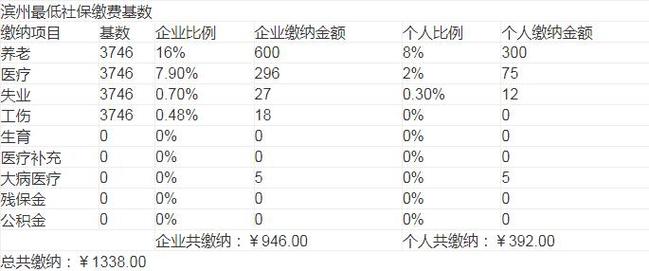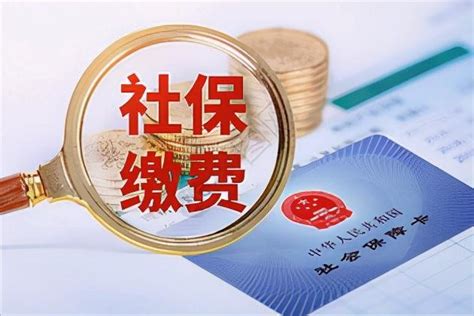工伤保险基金先行支付二审判决书
Title: Understanding a Work Injury Insurance Judgment
Introduction
In legal matters concerning work injury insurance, a judgment is a crucial document that outlines the resolution of a case related to an individual's workrelated injury. This document is pivotal in determining the rights and responsibilities of both the employer and the employee in the context of workplace accidents. In this comprehensive guide, we delve into the key components of a work injury insurance judgment, elucidating its significance and providing insights into its interpretation.
Understanding the Basics
A work injury insurance judgment typically consists of several sections, each containing vital information pertinent to the case. These sections may include:
1.
Case Details
: This section encompasses the basic information about the case, including the names of the plaintiff (the injured employee) and the defendant (usually the employer or the insurance company), case number, court details, and the date of judgment.2.
Facts of the Case
: Here, the judgment outlines the factual background of the case, including how the injury occurred, the extent of the injuries sustained by the plaintiff, and any pertinent details surrounding the incident.3.
Legal Analysis
: This section elucidates the legal principles and statutes applied by the court in adjudicating the case. It may include references to relevant laws governing work injury insurance and precedents that influenced the judgment.4.
Decision
: The crux of the judgment lies in this section where the court renders its decision. It specifies whether the plaintiff is entitled to compensation, the amount of compensation awarded (if applicable), and any additional directives or orders issued by the court.Key Considerations
When examining a work injury insurance judgment, several critical factors warrant attention:
1.
Causation
: The judgment typically addresses the issue of causation, determining whether the injury sustained by the employee arose out of and in the course of their employment. Establishing causation is pivotal in determining liability and the subsequent award of compensation.2.
Extent of Injury
: The severity and extent of the employee's injuries play a significant role in determining the compensation awarded. Medical reports and expert testimonies are often instrumental in assessing the extent of the injuries and their impact on the employee's ability to work.3.
Insurance Coverage
: The judgment may delve into the specifics of the insurance coverage provided by the employer, including the types of injuries covered, the limits of coverage, and any exclusions or limitations that may apply.4.
Legal Precedents
: Courts often rely on legal precedents and case laws to guide their decisions. Understanding the precedents cited in the judgment can provide valuable insights into the legal reasoning behind the court's decision.Implications and Remedies
Depending on the outcome of the judgment, several implications and remedies may arise:
1.
Compensation
: If the court rules in favor of the plaintiff, they may be entitled to compensation for medical expenses, lost wages, disability benefits, and pain and suffering resulting from the injury.2.
Rehabilitation Services
: In cases involving severe injuries, the judgment may order the provision of rehabilitation services to aid the employee in recovering and returning to work.3.
Legal Precedents
: The judgment sets a legal precedent that may influence future cases involving similar circumstances. It serves as a reference point for courts and legal practitioners when adjudicating similar disputes.Conclusion
A work injury insurance judgment is a pivotal document that elucidates the resolution of disputes arising from workplace accidents. By understanding its key components and implications, both employers and employees can navigate the complexities of work injury insurance claims more effectively. Moreover, consulting with legal experts proficient in labor law can provide invaluable guidance in interpreting and responding to work injury insurance judgments.












